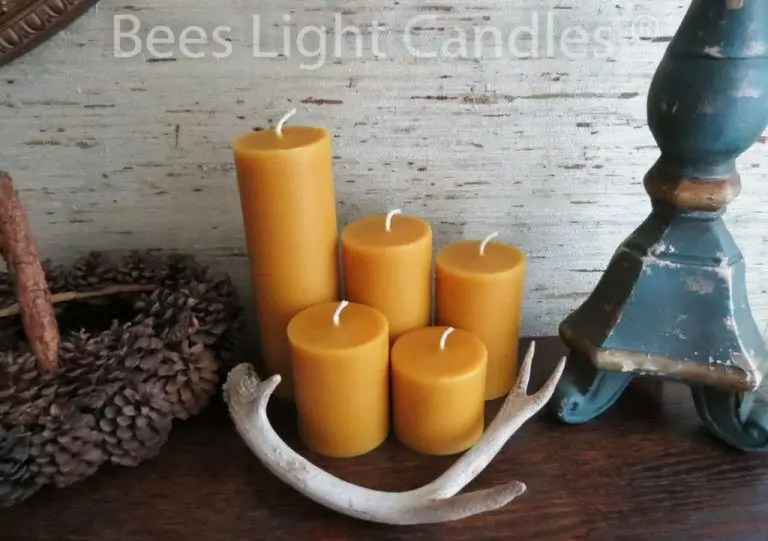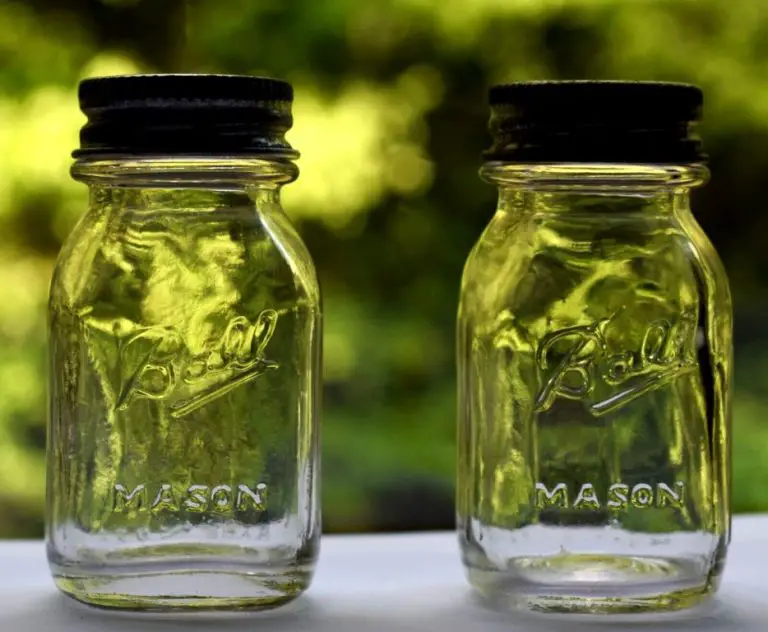Where Does The Wax For Candles Come From?
Candles have been used for light and decoration for thousands of years. The earliest candles were made from animal fat and beeswax as early as 3,000 BC in areas like Ancient Egypt and Ancient Rome. Candle making developed independently around the world using different waxes. In Europe during the Middle Ages, candle making guilds controlled candle production and helped develop many innovations still used today. Over time, new candle waxes were discovered like paraffin, palm, and soy wax. Modern candle making has advanced with many types of waxes, wicks, scents, and molds now available.[1][2][3]
Beeswax

Beeswax is a natural wax produced by honey bees. Beeswax is secreted by worker bees from four pairs of glands on the underside of their abdomen. The wax is used by bees to build the walls of the honeycomb in which they store honey and pollen. To produce beeswax, worker bees consume honey and then secrete wax from their wax glands. The wax is initially colorless and pliable. As the wax is exposed to air, it gradually hardens and takes on a yellowish color [1].
Beeswax has been used by humans for thousands of years, dating back to the ancient Egyptians. One of the most common uses of beeswax is in candle making. The properties of beeswax make it an excellent natural wax for candles. It has a high melting point which makes it suitable as a stand-alone candle wax. Beeswax candles burn brighter and longer compared to paraffin wax. The honey-like scent of beeswax also gives candles a pleasant natural aroma. Beeswax is increasingly being used by artisanal candle makers and consumers looking for natural candle ingredients.
Paraffin Wax
Paraffin wax is the most common candle wax used today. It is derived from petroleum and is a byproduct of oil refining. Paraffin wax is chemically known as alkane hydrocarbons. It has an opaque, white color and a crystalline structure.1
Paraffin wax became popular in the mid to late 1800s as a cheaper alternative to beeswax. It is composed of saturated hydrocarbons, which provide excellent burn properties for candles. Paraffin wax is relatively inexpensive and easy to work with, making candle making accessible to most people.
However, paraffin wax has drawn some health and environmental concerns in recent years. When burned, paraffin candles release compounds like toluene and benzene, which are hazardous air pollutants. There are also environmental impacts from paraffin’s petroleum origins. This has led some candle makers to shift to more natural waxes like soy, palm, or beeswax.2
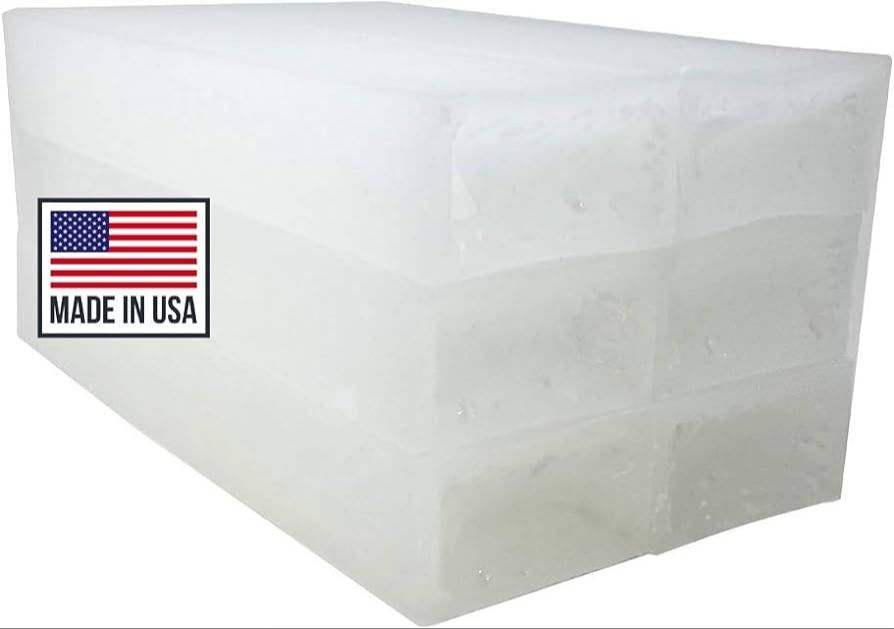
Despite these concerns, paraffin remains ubiquitous due to its low cost, availability, and ideal burning properties. Most mass-produced candles today are still made from paraffin wax.
Palm Wax
Palm wax is made from palm oil, which comes from the fruit of palm trees. Palm trees are native to Africa, Asia, and parts of South America. The oil is extracted from the fleshy fruit that grows on these palm trees.
To make palm wax suitable for candles, the crude palm oil goes through a process called hydrogenation. This process converts the oil into a solid wax with properties that work well for candle making. Hydrogenation allows the palm wax to have a high melting point and makes it hard enough to hold its shape as the candle burns (1).
Palm wax candles burn longer and slower than many other types of wax. They are also cleaner burning and produce less smoke. Additionally, palm wax has excellent scent throw, meaning fragrances are stronger and candles produce more aroma when burning. The natural color of palm wax is a translucent tone, so dyes can easily create vibrant colors (2).
Overall, the properties of palm wax make it a quality option for candle making. Its high melting point, slow burn rate, and excellent fragrance throw provide advantages over some other waxes.
(1) https://www.colonialcandlecrafters.com/collections/palm-wax-candles
(2) https://www.bearnaturalorganics.com/all-natural-palm-wax-candles/
Soy Wax
Soy wax is made from hydrogenated soybean oil and is an increasingly popular candle wax. According to PADDYWAX, soy wax is a renewable and clean burning wax source that comes from American-grown soybeans (https://paddywax.com/). Soy wax burns slower and cleaner than paraffin wax, producing less soot. It’s also biodegradable and made from a renewable resource. Soy wax advocates point out the environmental benefits, as soybeans absorb carbon dioxide as they grow, helping reduce greenhouse gases. The wax can hold fragrance oils well too, making soy candles very scented.
Some downsides are that soy wax is softer than paraffin, so may not retain detail as well in container candles. It also generally requires adding other ingredients to modify the wax properties. Still, many candle makers are switching to soy wax or blends with soy because it’s renewable and provides a quality burn.
Gel Wax
Gel wax is a type of candle wax that is made from a blend of mineral oil and polymers. Unlike other waxes like paraffin or beeswax, gel wax has a transparent, gel-like appearance and consistency. Gel wax was introduced to the candle-making industry in the late 1990s as an alternative to paraffin.
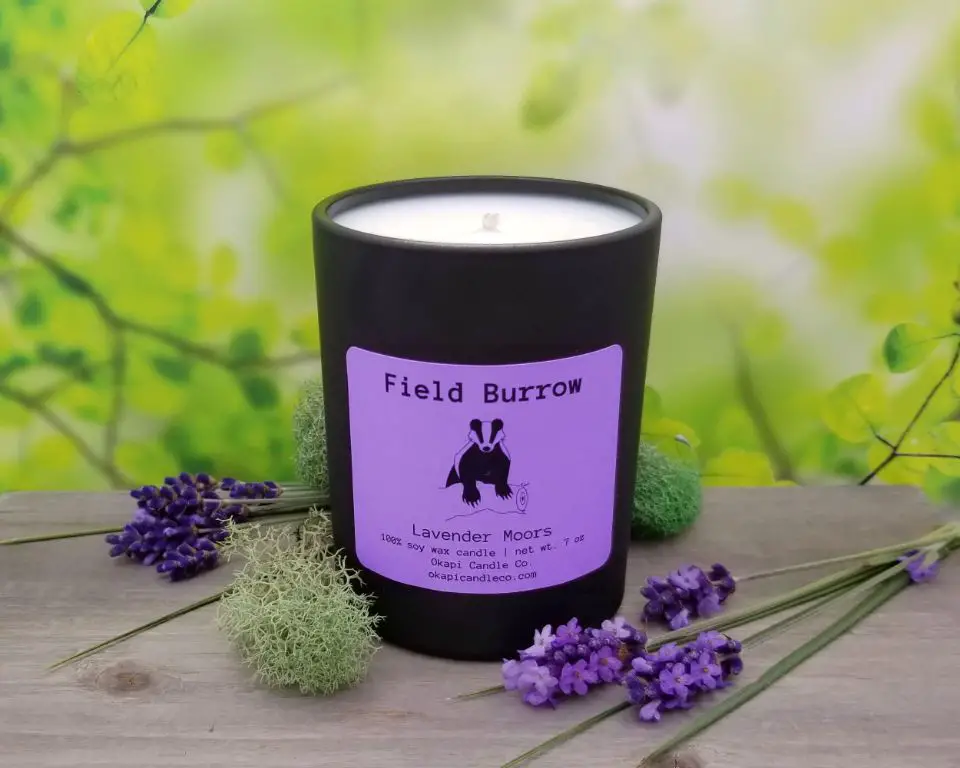
The main component of gel wax is mineral oil, which comes from petroleum. Mineral oil allows the wax to be crystal clear and slower burning than paraffin. Polymers like Vybar give gel wax its gel-like texture. Manufacturers will also add fragrance, dyes, and other additives to gel wax.
The gel consistency makes this wax different from other solid waxes. Since it is thicker than other waxes, gel wax is able to hold more fragrance oil. This results in candles with a stronger scent throw. The viscosity also allows gel wax to adhere nicely to the sides of a candle container or mold without dripping.
Compared to paraffin or soy wax, gel wax candles burn longer, up to 50-80 hours. The wax melts fully into a liquid state as it burns, leaving no wax residue. Gel wax has a smooth finish when burned, with very little soot or smoke produced. The slower burn makes gel wax preferable for containers and votives.
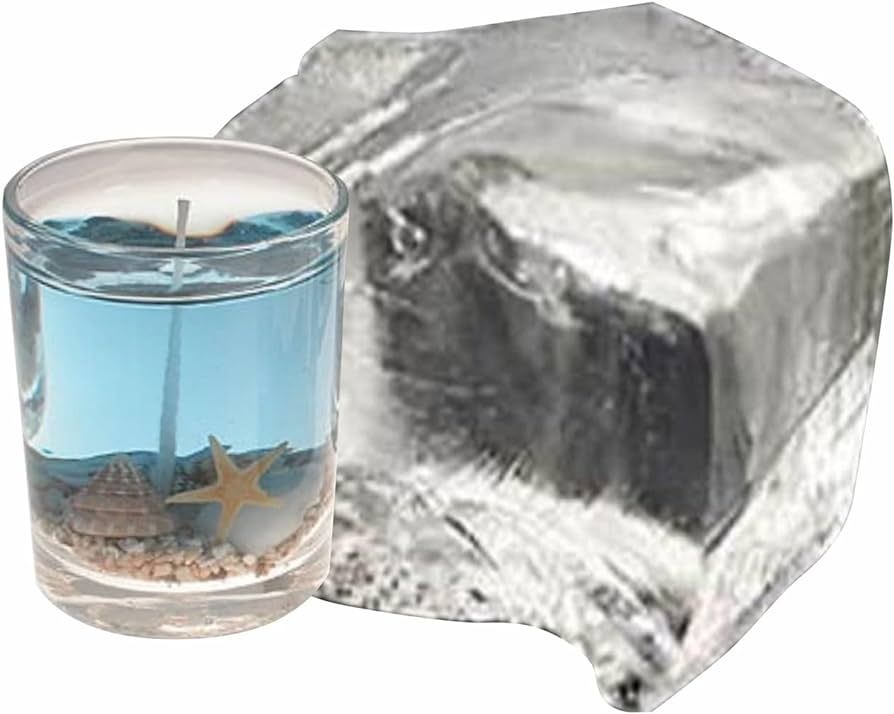
Overall, gel wax is prized in candle-making for its crystal clarity, accentuated fragrance, and slow burn time. Crafters should take care to follow specific gel wax instructions, since it requires different preparation and pouring techniques than traditional candle waxes.https://www.labougiewick.com/shop/p/gel-wax-candles
Other Waxes
In addition to the more common candle waxes, there are some specialty waxes that come from unique sources. These include:
Bayberry Wax: This wax comes from the berries of the bayberry shrub and has a distinctive, pleasant scent. Bayberry candles are a New England tradition around the holidays. Due to the scarcity of bayberry wax, most bayberry candles contain a blend of bayberry wax and beeswax or paraffin [1].
Whale Fat: Historically, whale fat was used to make candles before the availability of petroleum-based waxes. Whale oil was replaced by paraffin wax in the mid-1800s [2].
Tallow: This wax is derived from rendered animal fats and was commonly used for candles before paraffin became popular. Tallow candles burn slowly and have a distinct meaty aroma.
Wax Blends
Most candles today use a blend of waxes rather than a single, pure wax. Wax blends allow manufacturers to balance qualities like melt point, hardness, texture, scent throw, and color vibrancy. Popular wax blends include:
Paraffin-soy blends, which mix paraffin wax with soy wax. As CandleScience explains, adding soy wax to paraffin creates a smooth, creamy texture while retaining a high scent throw. Blends like IGI 6006 contain 60% paraffin and 40% soy [1].
Paraffin-coconut blends, which add coconut wax to paraffin. Coconut wax helps the blend hold fragrance and improves opacity for vibrant colors. IGI 6046 is a common paraffin-coconut blend [1].
Beeswax blends, which combine beeswax with paraffin or soy wax. Adding beeswax contributes to a high fragrance throw and glossy finish. A typical blend might contain 80% paraffin wax and 20% beeswax [2].
Choosing Candle Wax
When selecting a candle wax, there are several factors to consider including cost, burning properties, scent throw, and renewability.
Paraffin wax is derived from petroleum and is the most economical choice. It has excellent burning properties with a high melting point and clean burn. However, it has poor scent throw and is not from a renewable source 1.
Beeswax is all-natural from honeycombs but is one of the most expensive waxes. It has a lovely honey scent when unscented, good scent throw, and burns cleanly. However, beeswax has a low melting point which can lead to issues in warm environments 2.
Soy wax is made from soybeans, a renewable crop. It is affordable, has excellent scent throw, and comes in blends tailored for different candle types. The drawbacks are a soft texture and lower melting point compared to paraffin 3.
Other aspects to consider are the candle’s intended use, desired burning time, wax texture, color, and more. Testing different waxes is recommended to find the best match for your candle making needs.
Conclusion
There are many different types of waxes that are used to make candles, each with their own advantages, characteristics, and sources. The main waxes used in candlemaking include beeswax, paraffin wax, palm wax, soy wax, and gel wax.
Beeswax comes directly from beehives and has a natural honey aroma. It burns cleanly and is non-toxic. Paraffin wax is a petroleum byproduct made from crude oil refining. It’s inexpensive and readily available. Palm wax comes from the fruit of palm trees and is hard yet brittle. Soy wax is made from hydrogenated soybean oil and is renewable and biodegradable. Gel waxes are mineral oil-based and provide excellent scent throw.
There are also many blended waxes that incorporate different properties. When choosing candle wax, crafters must consider factors like scent throw, burn time, appearance, environmental impact, and cost. With an array of wax options available, candlemakers can select the type that best suits their specific needs and preferences.

